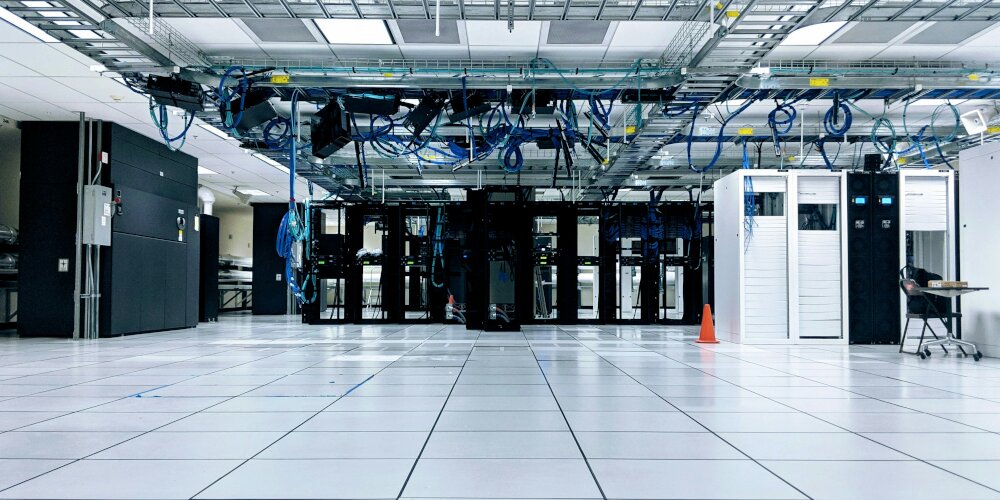Browse our services
Explore how Brookes Bell can help you
Find an expert
Meet our team, find and expert and connect
Contact us
Get in touch, we're here to help

Artificial Intelligence is everywhere. From smartphones to TVs, AI is being incorporated into endless electronic devices. However, AI, and the data centres that power it, requires truly vast amounts of energy. According to classification society ABS, floating nuclear-powered data centres could be the answer…
In its latest study, Pathways to a Low Carbon Future Floating Nuclear Power Data Center, ABS postulates that such developments could provide the much-needed energy and computing power required by AI.
According to the study, floating nuclear data centres would benefit from being able to use large river estuaries or coastal waters as a heat sink for both their servers and their onboard Small Modular Reactor (SMR).
The report delves into what a floating data centre would actually involve, investigating design considerations. Elements such as heat and energy management, weight distribution, structural considerations, and other design features are all explored in ABS’ study.
Commenting on the report, ABS Chairman and CEO, Christopher J. Wiernicki, said:
“The intersection of new nuclear technologies and rapidly growing AI capabilities represents a generational opportunity to power humanity’s future. As demand for data centers increases, moving them offshore and powering them with on board nuclear energy could mitigate certain risks and reduce the strain on local grids”.
The proposed design outlined in the study builds upon ABS’ extensive research in maritime nuclear applications and would incorporate the Nautilus EcoCore cooling system (which has already seen real-world application at the Stockton Port floating data centre). The study suggests that being moored to a jetty, a floating nuclear data centre would be able to easily access high-speed data connectivity, backup power access. Personnel onboarding would also be straightforward.
ABS’ study is the latest in a series of studies and projects that are exploring the application of nuclear propulsion in shipping.
If you want to explore the future of vessel design, then speak to Brookes Bell’s naval architects today.
Our naval architects are experienced in ship design, class and regulatory compliance, structural analysis and design, intact and stability assessments and more.
For more maritime industry insights, news and information, read the Brookes Bell News and Knowledge Hub…
Norway Begins Second Stage of Nuclear Propulsion in Shipping Study | CMA CGM and ABB Collaborate on Parametric Roll Algorithm | Lloyd’s Register to Use Gen AI to Advance Nuclear Tech in Maritime